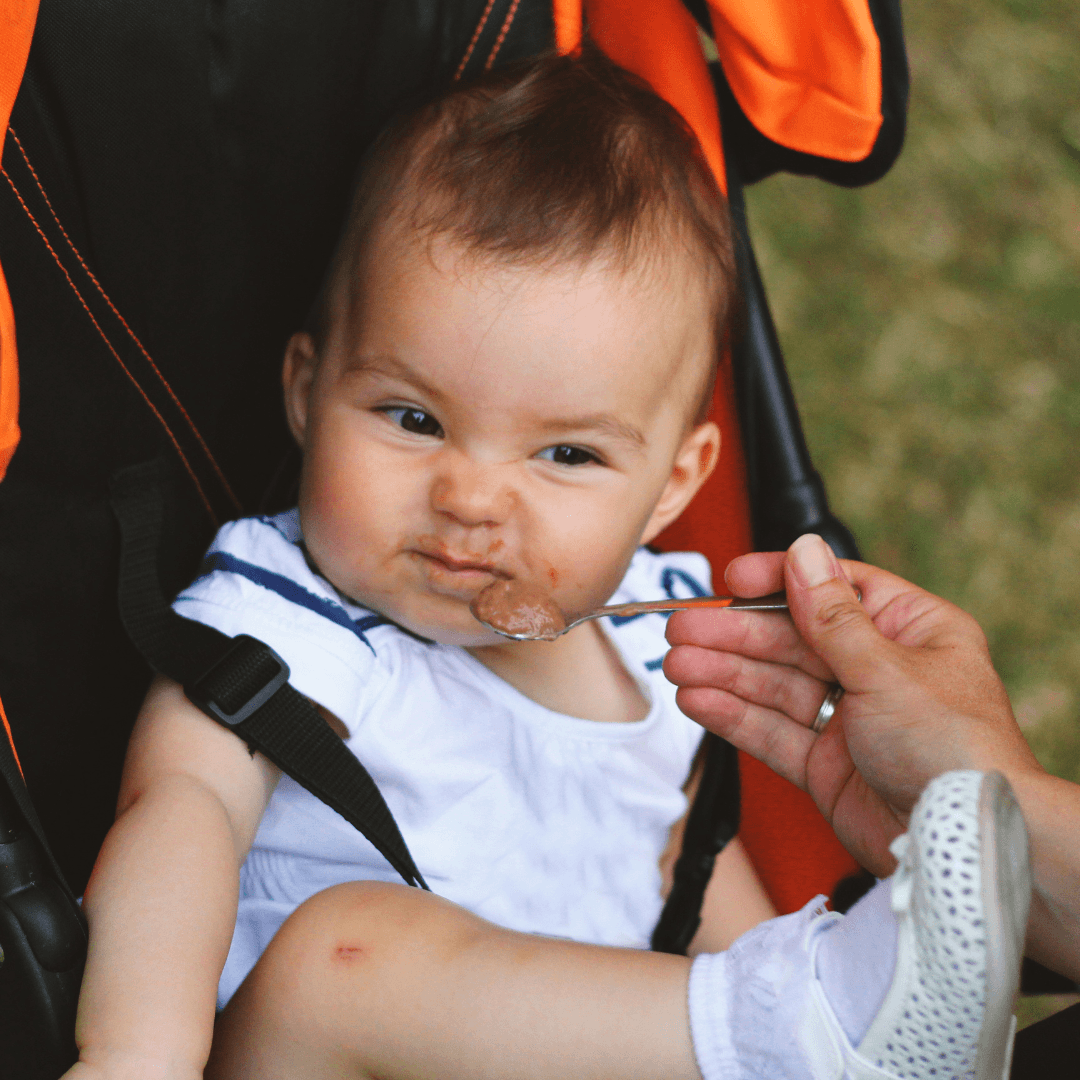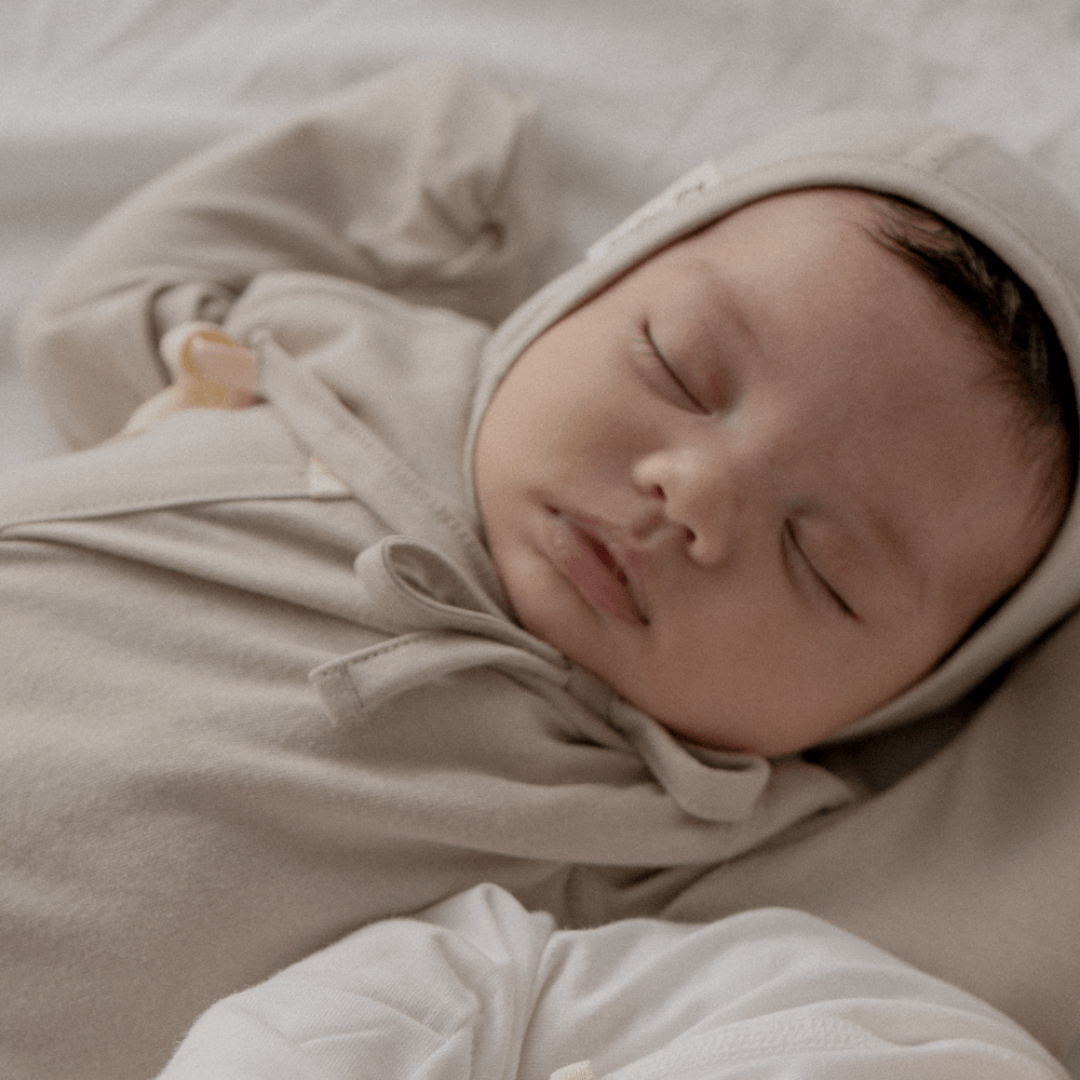
The most important thing for children at this age is to how move their body. It does not stop at just moving their body, as when they learn to move their body at their own will, their brain and body develop together. Today, we will introduce body games that can be played with a 2–3-month-old child.
What To Remember Before Beginning Physical Play
1. Avoid playing immediately after breastfeeding.
Babies at this time often recall the milk they had been drinking. If your baby actively moves their body right after breastfeeding, they might regurgitate what they ate. Avoid gymnastics with your child immediately after feeding.
2. Never overdo it.
This is the time when your child is still unable to properly control their neck. Even if you do exercise, start with 5 to 10 minutes, and gradually increase the time as your child gets used to it. You should never exercise excessively without this gradual increase or past the point of signs of tiredness from your child.
3. Touch your child with a warm palm.
If the room is cold, Mum and Dad's hands may be cold. If you touch your child with cold hands, your child may cry. Before playing, rub your hands to make them warm.
4. Lay out a blanket and dress your baby with clothes that are easy to move in.
Wear clothes that are easy to move in rather than ones that are pretty and decorated. Putting a blanket on the floor will also make it easier for your baby to move around.
Check out this Sunday Hug blanket that can be used for years to come!
What kind of games are there?
1. Diaper gymnastics.
Place the baby on the diaper changing table and massage the baby's legs while changing the diaper. Sing songs and gently touch your baby’s legs. Wash your hands before and after changing the diaper to keep them clean so that you are not touching your baby’s skin with dirty hands that might cause a rash.
2. Playing by clenching and opening fists.
This is the time when children often have their fists clenched. Gently spread your child's fingers apart, allowing them to experience a variety of tactile sensations. It's okay if you don't have any special toys such as scarves, rag balls, books, cups, towels, plastic bags, etc.
Talk to each other, saying things like 'this is rough' or 'this is soft' while touching them. A fun game is having your baby hold a cotton towel if possible and playing a light tug of war.
3. Tummy Time.
Tummy Time is when the child is in a prone position. At this age, babies spend a lot of time lying down. Taking a variety of positions during the day greatly helps your child's muscle development. Tummy Time develops the muscles in the neck and shoulders, as well as the muscles your baby needs to roll, sit, and crawl.
Put the baby down on a safe, hard surface, and place them in a prone position to start Tummy Time. You can do it on the floor or place the child on the parent's tummy or lap. Use a loud toy, rattle, or rolling ball to keep your child in a prone position. In the beginning, 2-3 times a day, for 3-5 minutes is good. As the baby gets used to it, gradually increase the time.
4. Singing and massaging.
This is a good game to play after bathing. While the guardian sings in a pleasant voice, massage the child using lotion or oil. Gently straighten their bent legs and arms and rub their belly. Lightly touch their feet and fingers one by one.
5. Show the baby a moving toy.
Your child's eyesight is developing. Show them moving toys that aren't too flashy and won’t hurt their eyes. Your child will then follow the moving play equipment and show interest in the new sounds. However, avoid excessive stimulation. Balls, tactile books, rag balls, wooden cars, and rattles are good.
---------------------------------------------------
Author: Eunjung Lee, Kindergarten Teacher
- Kindergarten teacher from the Department of Early Childhood Education.







